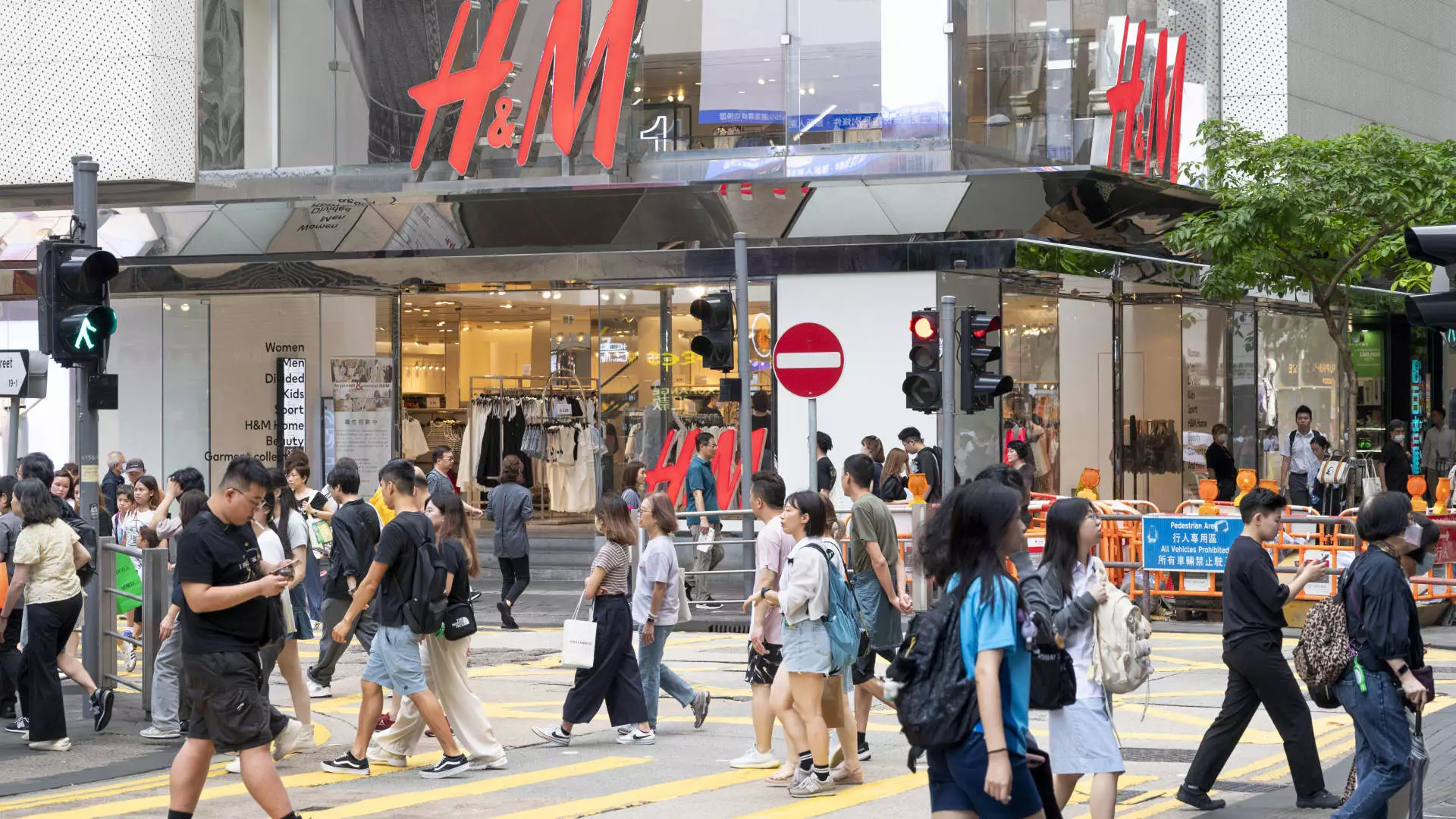The recent financial report released by H&M sent shockwaves through the stock market as shares plummeted over 14% in response to lower-than-expected profits for the second quarter. Analysts had predicted an operating profit of 7.37 billion Swedish kroner, but the actual results fell short at 7.1 billion Swedish kroner. The company’s stock initially dropped 13%, reflecting investor concern over H&M’s performance.
H&M’s CEO, Daniel Ervér, further exacerbated the situation by casting doubts on the company’s ability to meet its margin target for the year. He acknowledged that external factors such as purchasing costs and sales revenues could have a more significant negative impact than anticipated in the latter half of the year. The uncertainty created by these challenges added to the existing pressure on the company’s stock value.
H&M’s struggles are not unique in the retail industry, as higher living costs and changing consumer behavior have affected both high street and luxury brands. Competitors like Zara owner Inditex have also reported a slowdown in sales growth, while emerging players like Shein are disrupting the market with innovative strategies and aggressive expansion plans. The upcoming public listing of Shein in London highlights the shifting dynamics of the fashion industry and the increasing competition faced by traditional retailers.
Despite the challenging market conditions, H&M remains committed to enhancing its online and in-store experiences to stay relevant and competitive. The company has invested in upgrading its flagship stores in major cities across Europe, signaling its focus on improving customer engagement and driving sales growth. By prioritizing innovation and customer satisfaction, H&M aims to differentiate itself from other players in the industry and regain investor confidence.
Looking ahead, H&M’s ability to adapt to evolving market trends and consumer preferences will be crucial for its long-term success. By addressing operational challenges, exploring new growth opportunities, and leveraging technology to enhance the shopping experience, the company can position itself for sustainable growth in a highly competitive environment. Despite the short-term setbacks, H&M has the potential to bounce back and thrive in the evolving fashion landscape.

